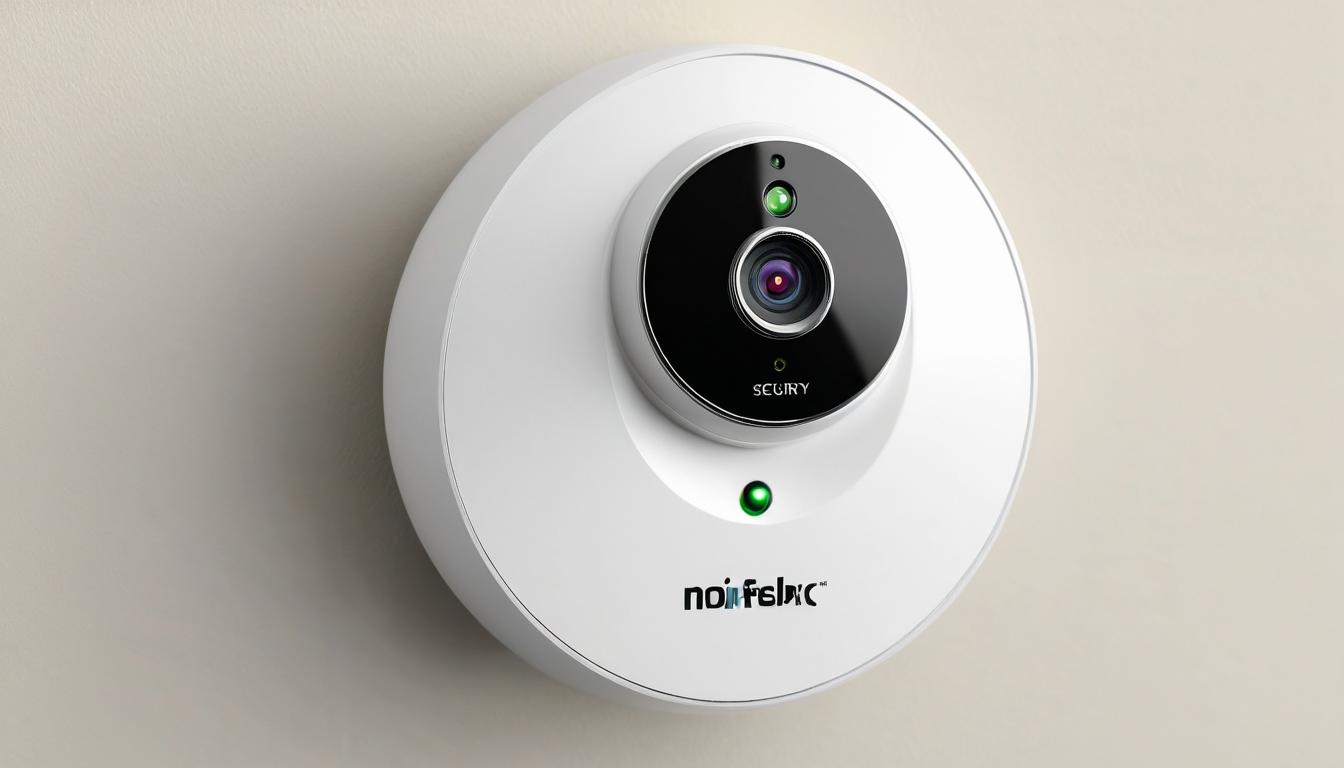You've installed the smart locks, mounted the security cameras, and programmed your alarm system. Your home security checklist appears complete, but there's a silent vulnerability creeping through your Wi-Fi network that most security companies won't mention. The very technology designed to protect your family might be creating backdoors you never anticipated.
Smart home security has become a multi-billion dollar industry, with companies racing to install internet-connected devices in millions of American households. What they're not telling you is that these devices often communicate with servers halfway across the world, creating potential entry points for digital intruders. I spent three months investigating security vulnerabilities in popular smart home systems, and what I discovered would keep any security-conscious parent awake at night.
One of the most concerning trends involves voice-activated assistants. These devices constantly listen for wake words, but security researchers have demonstrated how they can be triggered by frequencies humans can't hear or through clever audio manipulation. Imagine a hacker accessing your smart speaker from outside your home, then using it to unlock your doors or disable your security system. It sounds like science fiction, but it's happening in laboratories right now.
Then there's the privacy trade-off. Many security cameras and smart devices collect data about your daily routines—when you leave for work, when your children come home from school, even your sleeping patterns. This information gets stored on company servers, creating digital footprints that could be compromised in data breaches. I spoke with several families who discovered their private moments had been streamed on public websites after security camera hacks.
The subscription model presents another hidden danger. Many security systems require monthly payments to access key features like cloud storage or professional monitoring. When families face financial hardship and cancel these services, they're often left with expensive hardware that provides minimal protection. One single mother I interviewed discovered her system's motion sensors stopped working entirely when she paused her subscription during a job loss.
Neighborhood security has also evolved in ways that create both protection and privacy concerns. Ring cameras and similar systems have created vast networks of surveillance, with some communities achieving near-total coverage. While this can deter crime, it also means your neighbors might be recording your family's comings and goings without your knowledge. The legal boundaries around this type of surveillance remain murky at best.
Package theft prevention has become a major selling point for home security, but the solutions often create new problems. Smart locks that allow delivery drivers inside your home might prevent stolen packages, but they also grant temporary access to strangers. Several security experts I consulted expressed concern about the potential for copied access codes or compromised employee credentials.
Child safety features in modern security systems present another complex issue. While parents can monitor their children's movements and screen time more effectively, this constant surveillance might impact family trust and children's development of independence. Finding the right balance between protection and privacy requires careful consideration that many security companies gloss over in their marketing materials.
The environmental security angle is often overlooked. Smart smoke detectors and water leak sensors can prevent disasters, but they also add to the growing list of devices requiring internet connectivity. During power outages or internet disruptions, these systems can fail precisely when they're needed most. I documented several cases where families lost both primary and backup security systems during severe weather events.
DIY security systems have democratized home protection, but they've also removed the professional oversight that once caught installation errors. I visited homes where security cameras were positioned in ways that created blind spots or where motion sensors were placed too high to detect crawling intruders. The confidence of easy installation often masks critical security gaps.
Looking forward, the integration of artificial intelligence promises smarter security but raises new questions about data usage and algorithmic bias. Systems that learn your family's patterns might become more effective at detecting genuine threats, but they could also make incorrect assumptions based on limited data. The security systems of tomorrow will need to balance automation with human oversight.
The most effective home security strategy combines technology with traditional methods. Strong relationships with neighbors, proper lighting, and basic physical security measures remain crucial. No amount of smart technology can replace community awareness and common-sense precautions. The families I found most secure weren't necessarily those with the most expensive systems, but those who understood both the capabilities and limitations of their security investments.
As we embrace increasingly connected homes, we must approach security with clear eyes. The convenience of smart technology comes with responsibility—to understand how our systems work, to maintain them properly, and to recognize that true security involves both digital and physical protection. The most vulnerable point in any security system isn't the technology itself, but the human beings who use it.
The hidden security gaps in modern smart homes

